When should you aerate your lawn? How to identify the best time to ensure a thriving lawn
Aerating your lawn is a sure way to help it thrive - but when's the best time to do it?
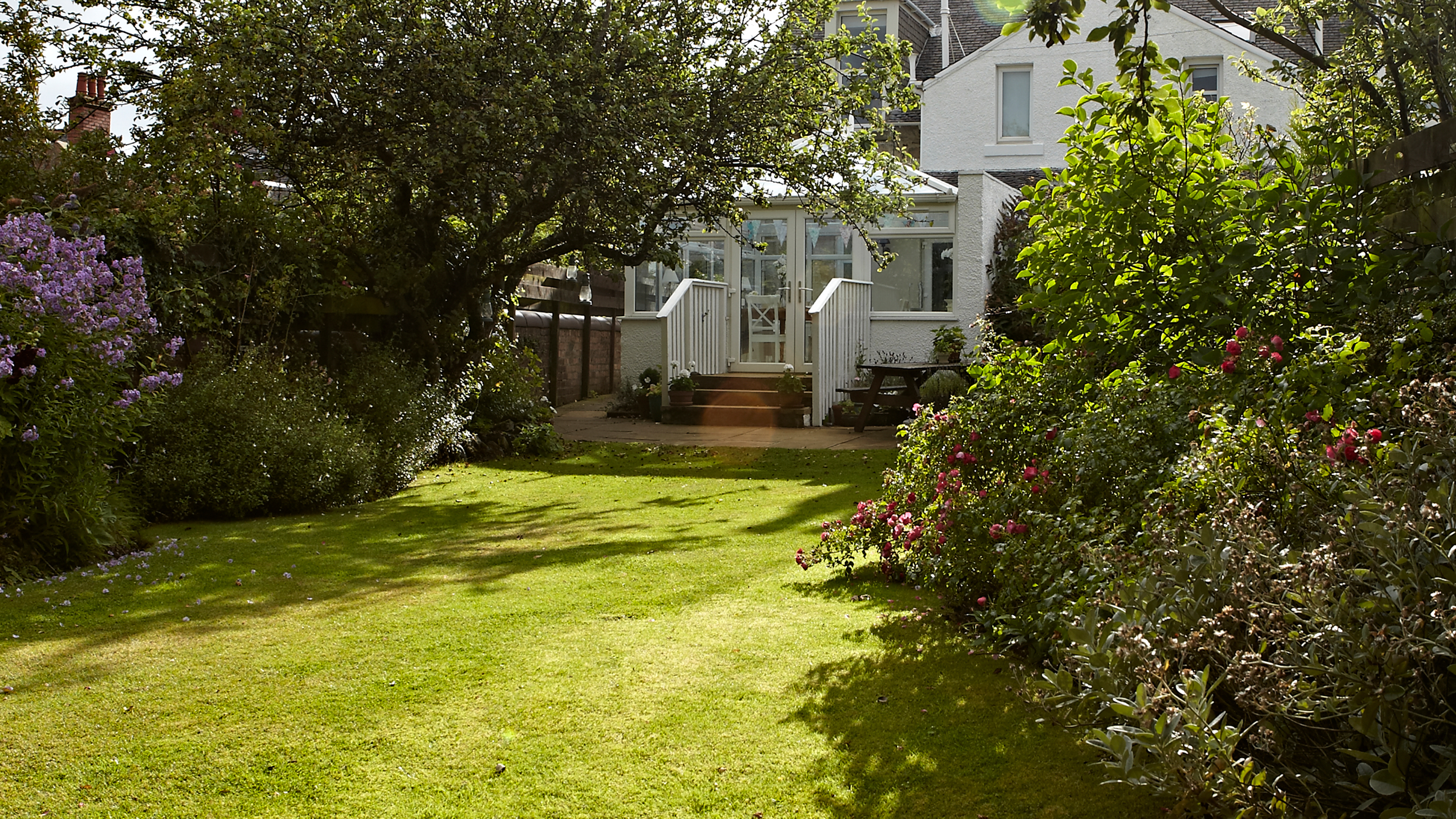

Lauren Bradbury
If your lawn looks a little worse for wear, you’re not alone. And while aeration can turn your grass from lacklustre to luscious in just a matter of weeks, you need to know when to aerate it to achieve the best results.
Yes, proper lawn care is absolutely essential if you want your garden to be in top form. But if you want to revive your lawn after winter, it’s important to know what to do and when to do it. After all, if you choose the wrong time, you may damage or kill your grass.
That’s why it’s so important to know exactly when to aerate your lawn. By choosing the right time, you can reap the rewards of this common lawn care practice and enjoy a luscious lawn throughout the year. Then, you can focus your attention on buying the best lawnmower to give it an all-important haircut…
When should you aerate your lawn?
'To achieve and maintain a healthy, beautiful lawn, it’s important that nutrients are able to reach the soil beneath the grass - and aeration is the ideal method for this', says Jonathan Hill, Director and Lawn Expert, Rolawn.
'A lawn should be aerated as part of your standard yearly maintenance to ensure soil quality remains high.' And below, you’ll find everything you need to know about why and when you should aerate your lawn.
What is aeration and why does it matter?
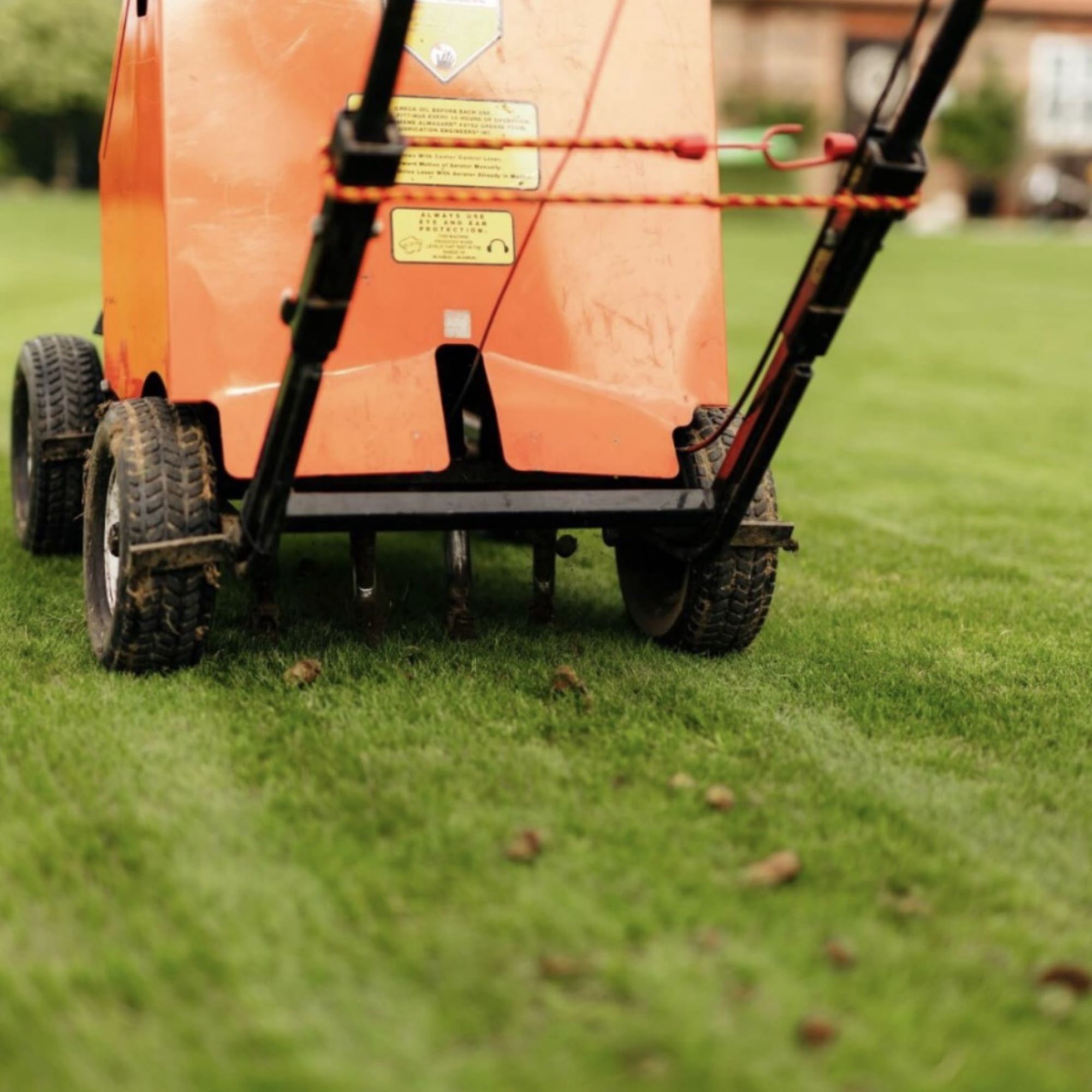
'Aeration is the process of spiking the lawn, traditionally performed with a spiked roller or a garden fork,' says Paul Hicks, Product and Marketing Manager, STIHL. 'This reduces the compaction of the soil and allows air, water, and nutrients to get to the grassroots.'
The process of aeration results in a healthy and luscious lawn, the essential component in any garden lawn ideas. Using an aerator like the Cobra-SA32E Scarifier and Aerator Lawn Raker from Amazon, will allow air and water to get into the roots of your lawn, promoting healthy grasses.
'Aeration not only creates air movement, it will decompact soil, aiding water drainage, which can help reduce waterlogging and surface flooding,' says Jonathan from Rolawn. 'It is a very important part of your lawn care process.'
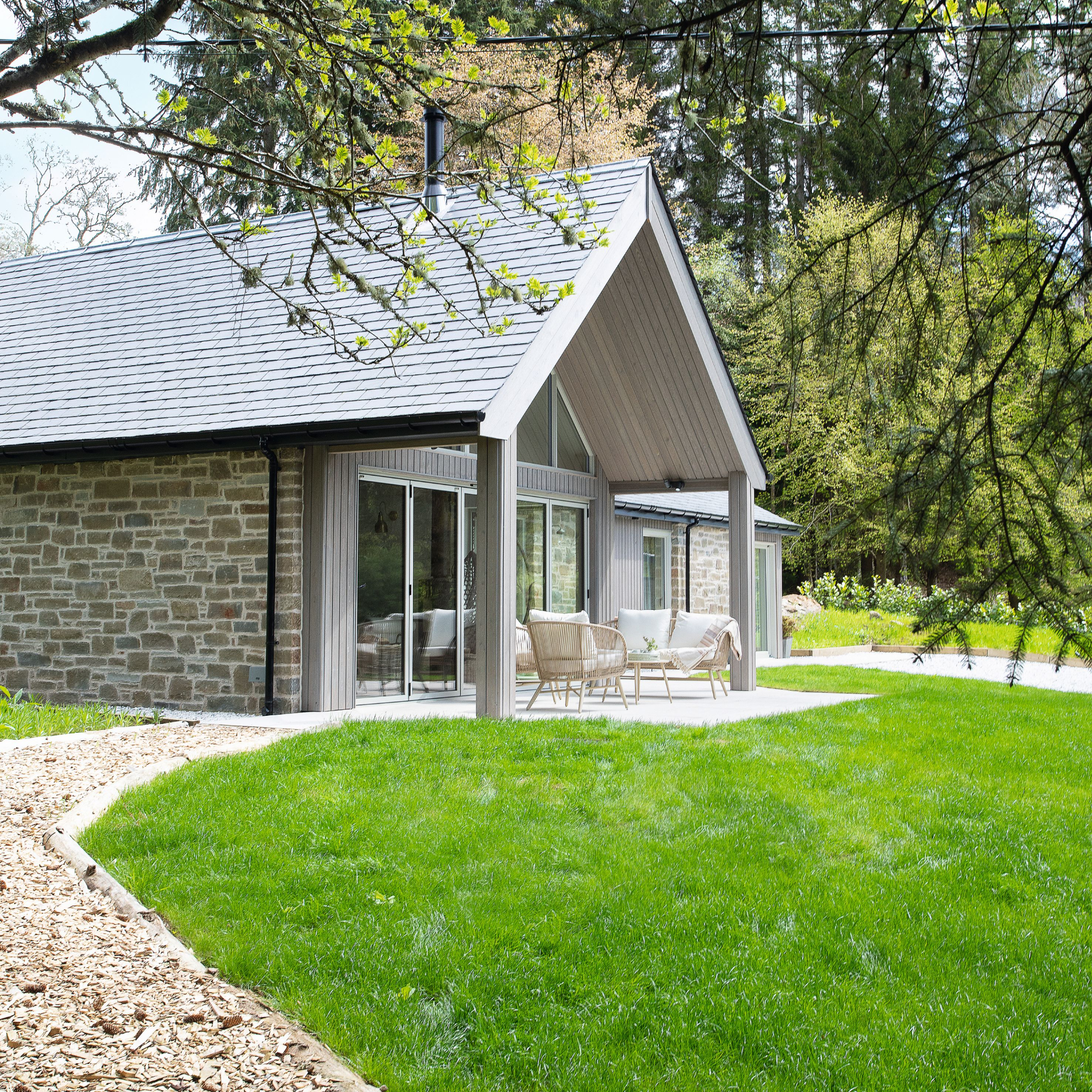
When to aerate your lawn
Now we've established the why, it's important to know when should you aerate your lawn to get the best results.
'The best time for aeration is when the grass is actively growing, especially before applying a lawn food or topdressing,' says Jonathan. 'This allows the turf to grow into the aeration holes where there is plenty of water, oxygen and space.'
As aeration is most effective when the grass is actively growing, spring and autumn are the best times to do it. That being said, it's also a good idea to aerate your lawn following a heatwave or dry spell, as your grass will be in need of some much needed TLC.
'Arid conditions can cause the ground beneath a lawn to become compacted,' Jonathan explains. 'When rains return, water needs to be encouraged to drain through the soil but if lawns are hard-packed it will tend to run off. Therefore aerating by spiking should definitely be considered.'
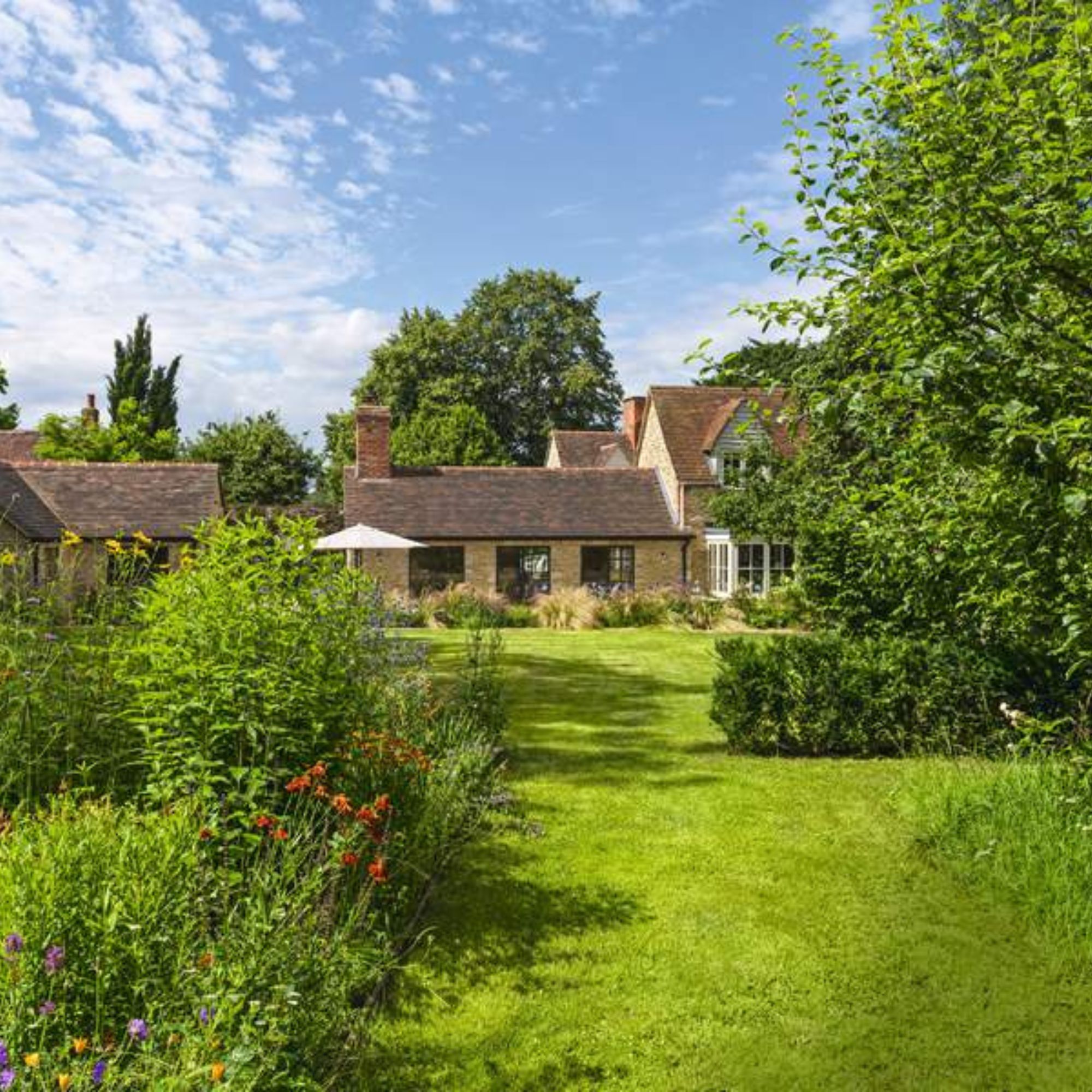
Steve Chilton, garden expert at LeisureBench agrees that spring is the best time to aerate your lawn, but explains that it's not the only time.
‘A great time to aerate the lawn here in the UK is in March/April time,' says Steve. 'This is because the ground has finally started to warm up again, and the grass should be beginning to grow by at least the end of March, or whenever the temperature gets continually 5ºC and above.’
‘I recommend either routinely aerating your lawn - once in March/April and once in very early autumn (around September time), or you should be able to tell that it needs aerating by seeing if your lawn feels overly compacted.’
‘Another telltale sign that your lawn needs aeration is pools of water forming on the surface of your lawn, instead of it being absorbed,' Steve advises. 'Of course, excessive rain will always leave minor pools of water, however it shouldn't stay around for an extended period of time.’
In fact, aeration is one of the best ways to combat waterlogging and improve lawn drainage.

Steve is a passionate and knowledgeable garden expert with several years of experience within the field and has developed strong expertise for all things nature and plants. Steve is a keen educator and loves to share this knowledge with others. He strives to simplify complex garden practices and encourage eco-friendly gardening.
When shouldn't you aerate your lawn?
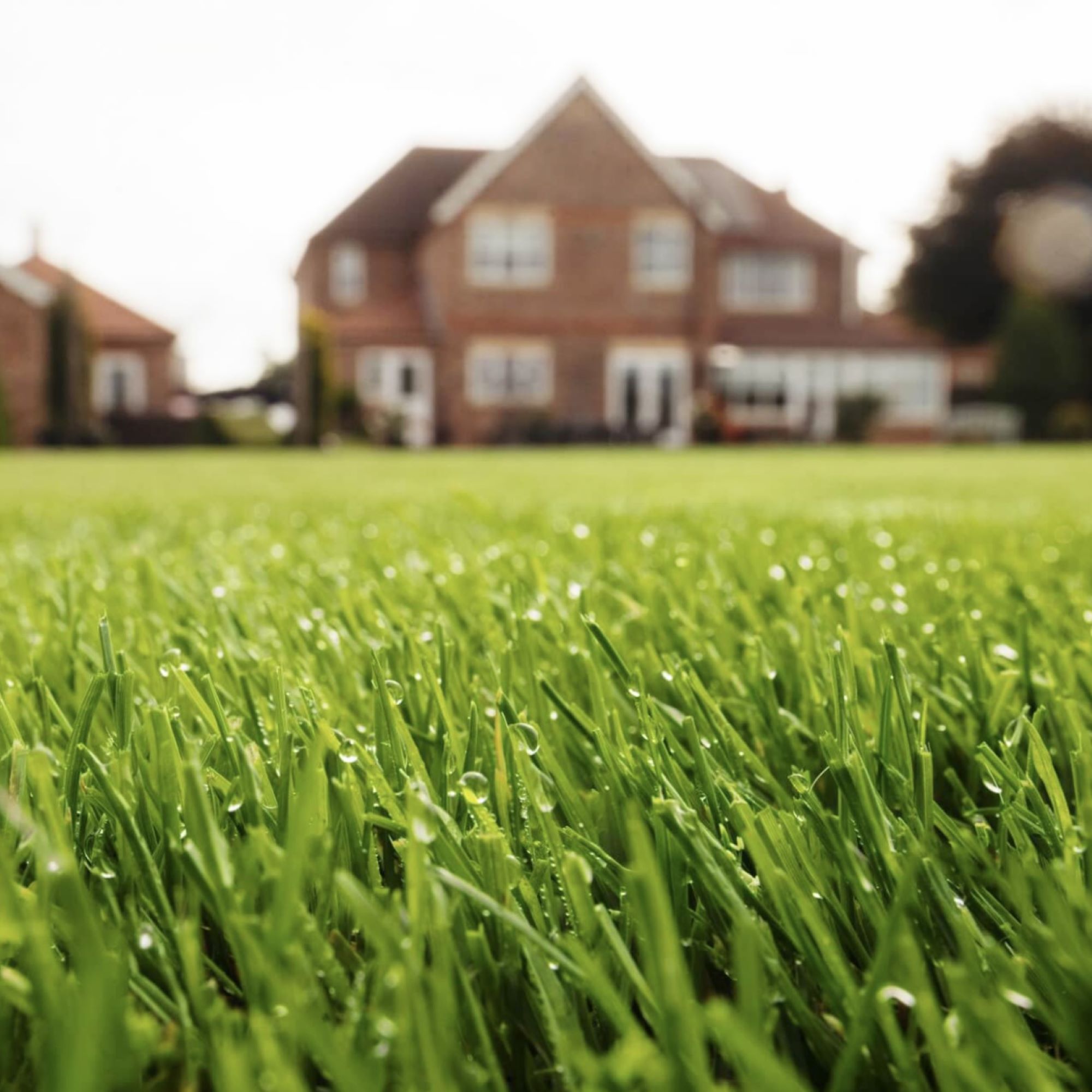
You should avoid aerating your lawn when the grass is dormant, i.e. not growing. This includes dormancy during winter, or during a heatwave when your grass is battling scorching heat.
'Aerating your lawn when it is a particularly hot and/or dry spell can result in drought and heat stress, due to the open holes in your turf,' says Jonathan. 'Avoid aerating in drought conditions or aerate when you can water the turf soon after aeration.'
So though it's wise to aerate your lawn after a heatwave, don't be tempted to do it during. You'll be creating rather than solving problems for your lawn, similar to the overwatered plant scenario.
Remember, aerating your lawn doesn't have to be complicated; use a simple tool like the McGregor Garden Lawn Aerator from Argos, and you'll be surprised at the difference it makes to your garden.
FAQs
What is the best month to aerate my lawn?
In the UK, the best month to aerate your lawn is between March and April, when the grass is actively growing, and it’s not too hot or too cold. However, the exact month will depend on the temperature where you live.
As well as aerating your lawn in the spring, it’s also a good idea to aerate your lawn a second time in autumn. This is best done around September time, and will help to prepare and protect your lawn before the winter months.
Should I scarify or aerate my lawn first?
'Aerating and scarifying lawns on a regular basis can help you achieve a lush, healthy-looking lawn year after year,' says Paul from STIHL. 'Both these tasks are recommended to be done in spring and autumn, when the grass is actively growing.'
Scarifying and aerating will complement your lawn's health wonderfully, but in terms of which you should do first, the experts recommend you scarify before you aerate. Scarifying removes the layer of thatch build-up, essentially allowing your lawn to breathe. Aeration will therefore be more effective afterwards.
'Aerate a lawn after scarifying, which involves removing the top layer of thatch that may have been building up', say the experts at iCANLAWN.
Allow your lawn to recover for a few days after scarifying, before starting the aeration process.
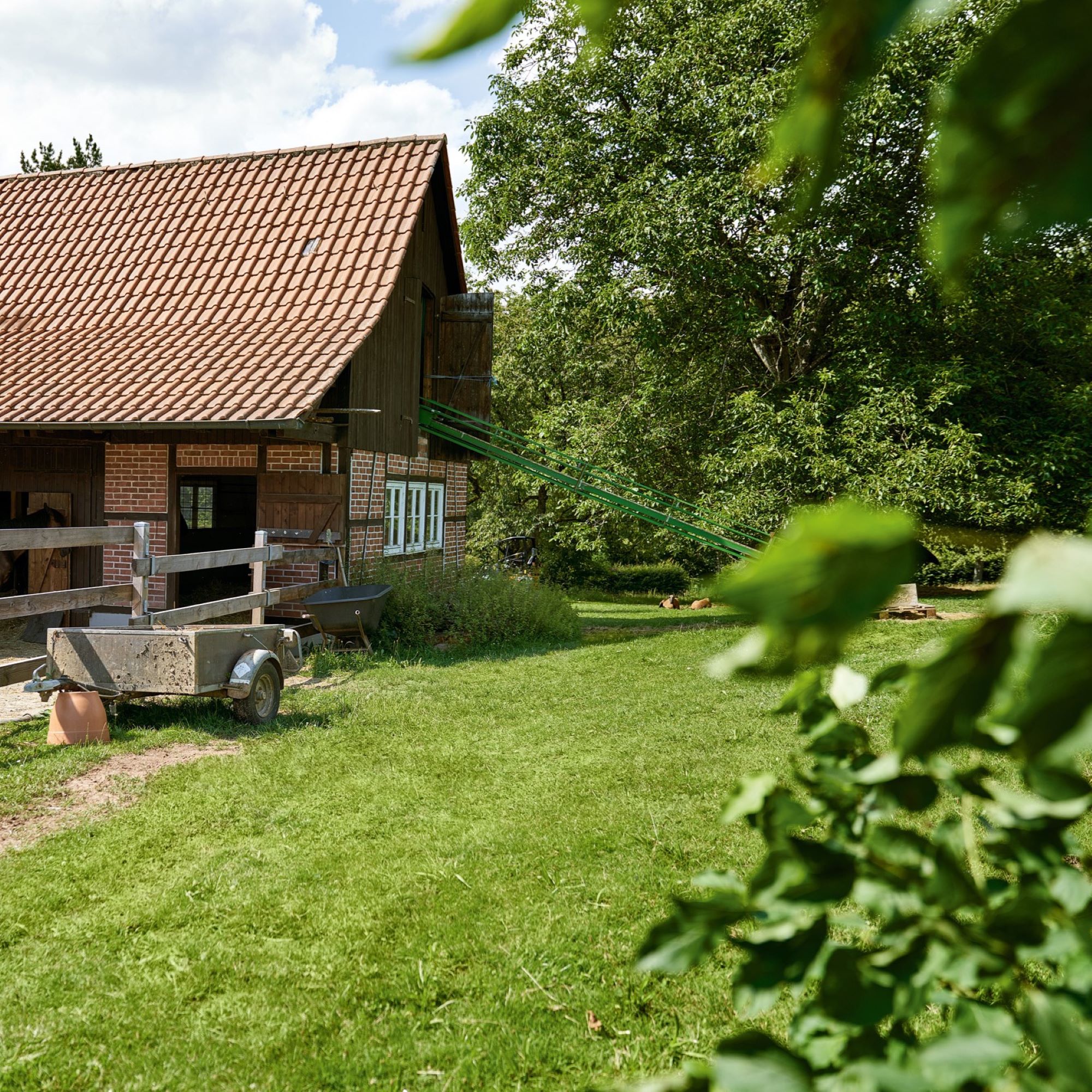
How do I know when I need to aerate my lawn?
When your lawn starts to look yellow, thirsty, and just a little lacklustre, you should think about aerating it. This is usually the case after a dry spell, when temperatures have soared but the rain has stopped. Your lawn does need to still be in an active growing mode when you aerate though.
Spring and autumn are the best times to aerate, especially autumn after your lawn has survived the hot summer months. 'A long summer of outdoor gatherings and family garden fun can take their toll on lawns leaving them looking worse for wear as autumn hits,' says Pete Challoner, Cobra. 'Aerating will allow vital nutrients to circulate in the ground and give roots space to breathe and grow back stronger before the colder months arrive.'
Now you know when to aerate your lawn, you can keep on top of your lawn care.
Get the Ideal Home Newsletter
Sign up to our newsletter for style and decor inspiration, house makeovers, project advice and more.

Katie has been writing freelance since early 2022, specialising in all things homes and gardens, following achieving a Masters in Media and Journalism. She started out writing e-commerce content for several of Future’s interior titles, including Real Homes, Gardeningetc, Livingetc, and Homes and Gardens. Since then she’s been a regular contributor on Ideal Home’s digital team, covering news topics, how-to guides, and product reviews.
- Lauren BradburyContent Editor (House Manual)
-
 Will a conservatory add value to your home and how can you maximise it?
Will a conservatory add value to your home and how can you maximise it?This is what the pros say
By Amy Reeves
-
 I’ve been looking for a new signature scent for my home and The White Company's new fragrance is the exact summer holiday smell I needed
I’ve been looking for a new signature scent for my home and The White Company's new fragrance is the exact summer holiday smell I neededSantorini smells fresh, summery and sophisticated
By Kezia Reynolds
-
 How to remove algae from garden walls in five steps – and the cleaning product experts rave about for tackling it fast
How to remove algae from garden walls in five steps – and the cleaning product experts rave about for tackling it fastExperts share their top tips for getting garden walls algae-free
By Katie Sims